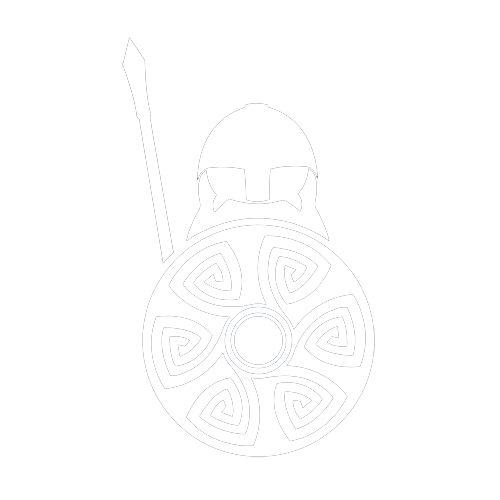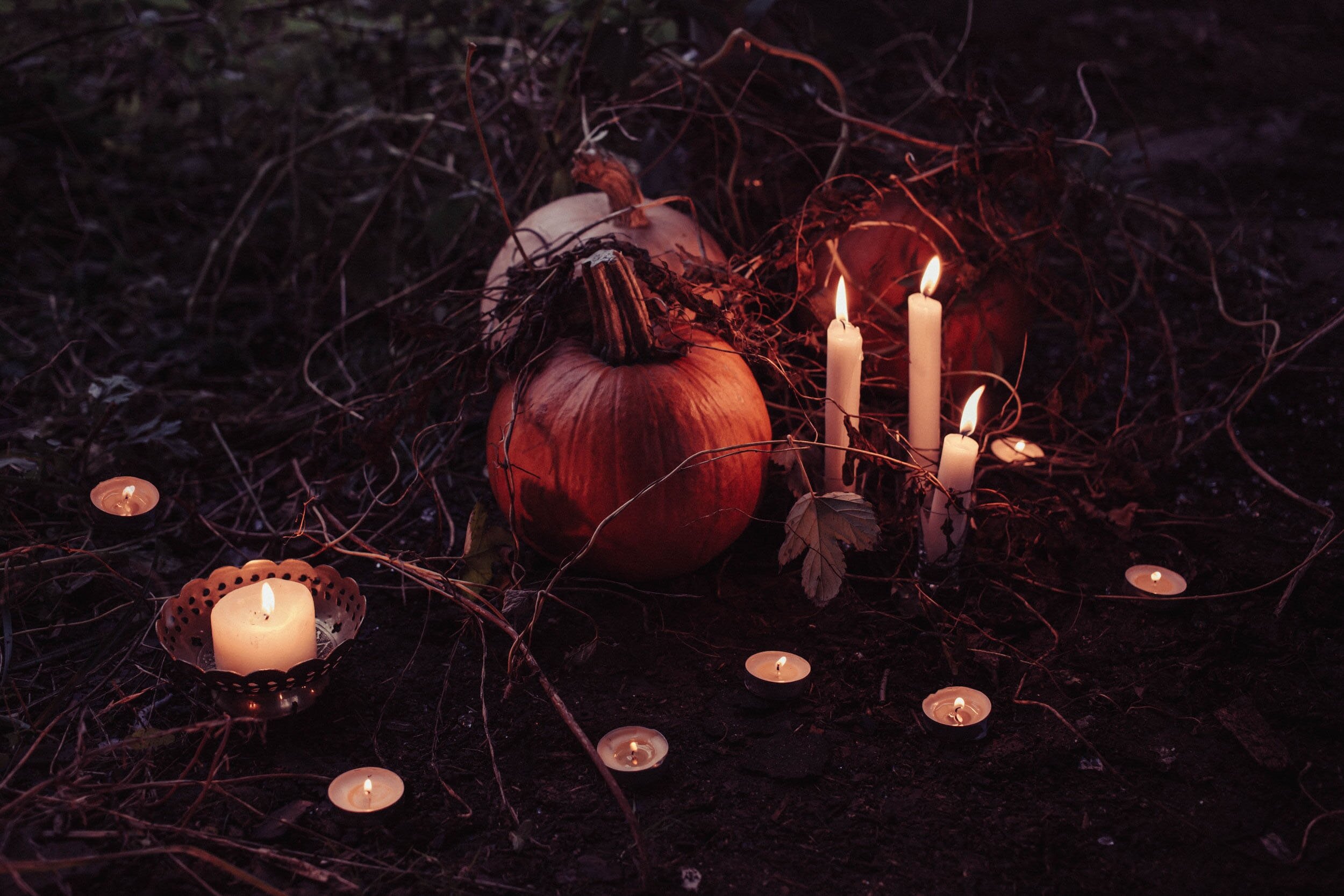The History of Halloween goes back as far as the 8th century for Christians. Pope Gregory III chose the 1st November as a day to honour all the saints (hallows) and martyrs, who did not have a specific day of their own. This would therefore be known as All Saints Day. The night before All Saints Day was known as All Hallows’ Eve. Over the years, All Hallow's Eve eventually merged from tongue to tongue into Halloween, or correctly Hallowe'en.
What is Halloween?
So what is Halloween? Well, the Halloween we know today is very much a commercial entity. People mock the dark shadows of the night with scary costumes, themes and activities whilst others perhaps perform light-hearted rituals, where they attempt to talk to the dead. However, during the middle ages there were actually two different traditions occurring, which during the Victorian times, seem to have combined to form today's Halloween.
The first tradition is the Christian celebration of All Saint's Day on 1st November, and the vigil held the night before by Christian priests on All Hallow's Eve. During the middle ages, it was a time to pray for the dead. There is no evidence that the 31st October (today's Halloween) was anything but a normal day during Medieval times.
The second tradition is the Celtic Pagan (mainly Irish) festival of Samhain. This celebrates the end of summer (end of the Celtic spiritual year), the harvest and the beginning of winter. Only darkness, the cold and possibly death would follow until spring. It was also a time when the Celts believed the line between life and death was at its closest, where ghostly souls could return from the dead.
Until the Victorian era, these two traditions continued in their own right. However, since the Victorian times, these two traditions seem to have merged together a little, and the Christian's Halloween has absorbed some of the darker aspects of Celtic Samhain. This seems to be why today we have the spooky festivities on Halloween.
It is important to note, that Halloween and Samhain are still two separate celebrations, the latter being mostly for Celtic Pagan followers. However, some do argue that the Christians tried to 'Christianise' the Pagan Samhain with their own Hallowe'en, although this is disputed.
Why do we celebrate Halloween?
Today we tend to celebrate Halloween because it falls on the eve of All Saint's (Hallows) day where all saints are honoured. But also this celebration is mixed with the Pagan Samhain, where the spirits of the dead can rise up and walk with the land of living. It just so happens that these two rituals fall on the same date, where Christian and Pagan celebrations intertwine.
Samhain
Samhain means 'Summer's End' in Gaelic. It originates from the Celts over 2000 years ago, and celebrates the end of the summer, the harvest and the beginning of the long dark winter. During Samhain, the Celts believed that this was the time when the line between the living and the dead was at its closest. The long darkness of winter was also associated with death.
Celtic ancestors were honoured and prayed for, and a festival would be held to honour the Pagan Gods.
Samhain is not always celebrated on Halloween. Depending on where in the world you are, the celebrations can wait until the weekend nearest to the full moon, or the mid-point between the fall of equinox and the start of the winter solstice. Alternatively, in Australia and New Zealand and other countries below the equator, Samhain is celebrated at the end of April. This in a way proves that Samhain was not 'replaced' by the Christian Halloween.
The rituals that occur during the celebrations include having large bonfires, feasting and dancing.
Samhain Pronunciation
The correct Samhain pronunciation is 'sow-een' or 'sow-in', which is not what you would expect from the spelling! However, it is Gaelic, so the spelling is unlikely to pronounce the same if it were an English word.
Halloween Facts
Halloween derives from All Hallow's Eve
Halloween is a Christian celebration of the eve before All Saints Day, and recently mixed with the Pagan celebration of the dead
Halloween is different to Samhain
Samhain originated over 2000 years ago by the Celts
The Romans combined one of their festival days, Feralia (the day of remembering the dead) with Samhain
The Romans also combined another of their festival days, celebrating Pomona (the Goddess of fruit and trees), with the Harvest Festival
The orange and black colours of Halloween represent the harvest colours of orange and the deathly colour of black
Halloween was not around during the Medieval times. But All Saints Day was (1st November)




